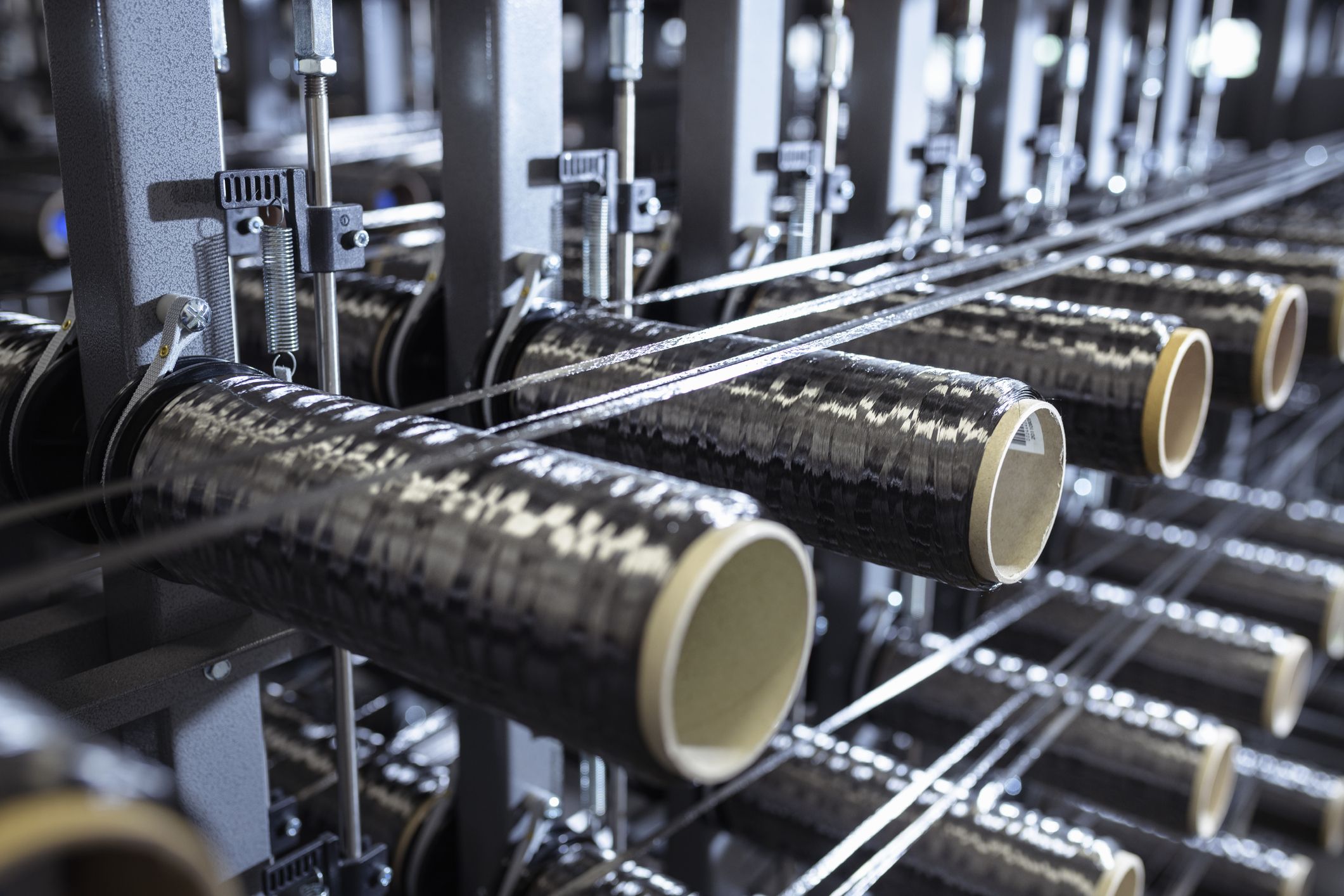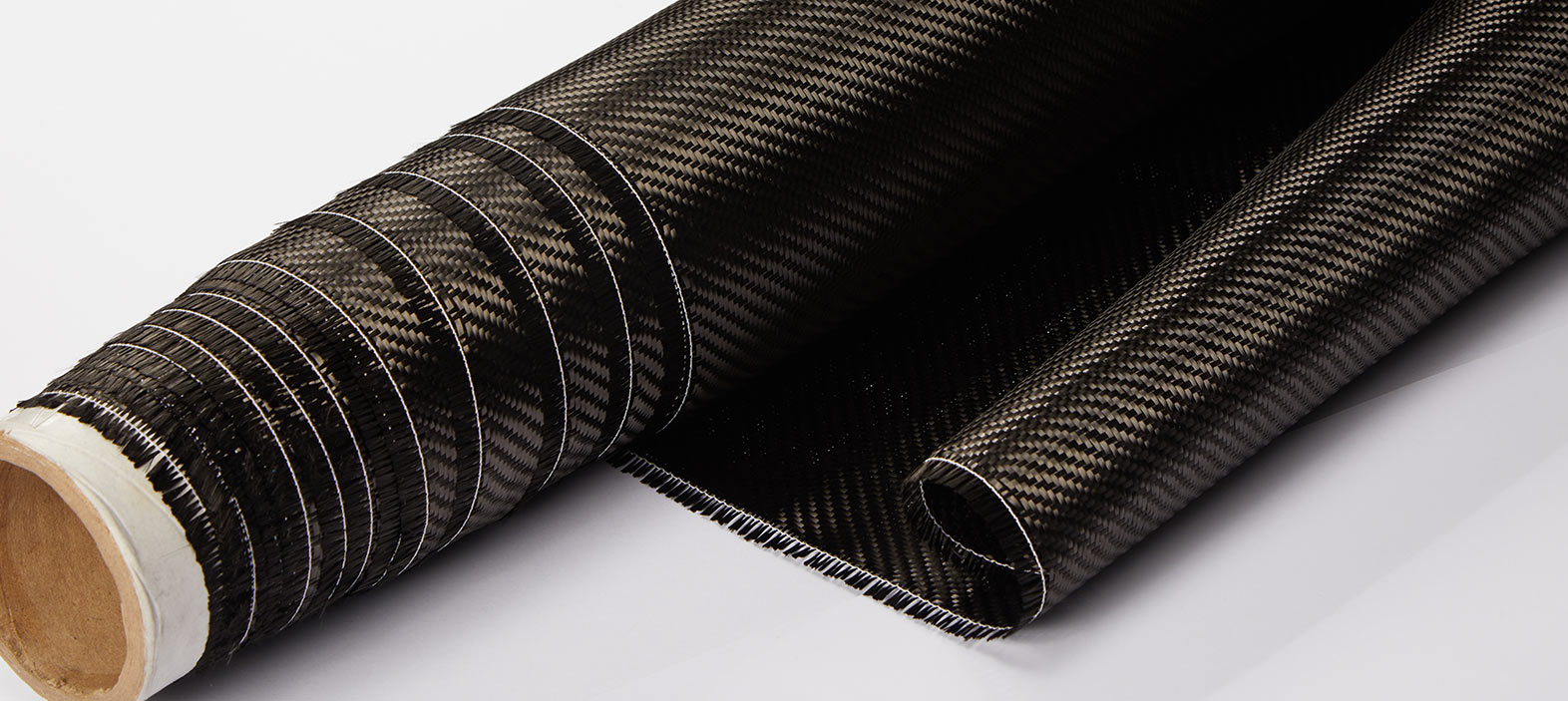Introduction
Innovative manufacturing techniques like carbon fiber moulding have transformed a number of industries, including the automotive and aerospace sectors. This article investigates the universe of producers of carbon fiber moulds, illuminating their procedures, components, uses, and other factors.

Key Players in Carbon Fiber Moulding Manufacturing
Carbon fiber moulding manufacturers come in various shapes and sizes, ranging from industry giants to emerging innovators. Established players like Boeing, Airbus, and Lamborghini have long utilized carbon fiber moulding for their products, while smaller, niche manufacturers continuously push the boundaries of what’s possible.
Each competitor in the market is fighting for market share and technological supremacy, creating a dynamic competitive environment. Manufacturers are competing more fiercely to provide the finest solutions as the demand for lightweight and high-strength materials grows.
Carbon Fiber Moulding Processes
Carbon fiber moulding encompasses a range of techniques, each with its unique characteristics and applications. Three prominent processes are:
Resin Transfer Molding (RTM)
RTM involves injecting resin into a preformed carbon fiber mold under low pressure. This process favoring its ability to produce intricate shapes and maintain high-quality surface finishes.
Compression Molding
Compression molding applies pressure and heat to a pre-preg (pre-impregnated) carbon fiber material to form the desired shape. It is widely used in the automotive industry for producing structural components.
Autoclave Curing
In autoclave curing, manufacturers place carbon fiber composites in an autoclave, subjecting them to controlled temperature and pressure conditions. This method results in high-strength, high-performance parts often used in aerospace applications.
Each of these processes has its strengths and limitations, making them suitable for different applications. Innovations and advancements in carbon fiber moulding technology continue to refine these techniques and expand their capabilities.
Materials Used in Carbon Fiber Moulding
The choice of materials is a critical aspect of carbon fiber moulding, affecting the final product’s properties. Manufacturers carefully select:
Types of Carbon Fibers
These fibers come in various grades, each offering specific mechanical properties. Prize high-modulus carbon fibers for their exceptional stiffness, while standard modulus fibers offer a good balance of strength and cost-effectiveness.
Resins and Additives
Resins like epoxy, vinyl ester, and thermoplastic materials serve as the matrix that binds the carbon fibers together. Manufacturers incorporate additives to enhance properties like flame resistance, toughness, and UV resistance.
Prepreg Materials
Pre-preg materials consist of carbon fibers pre-impregnated with resin. These materials are ready for use in moulding processes and offer consistent resin distribution and fiber alignment.
Reinforcements and Fillers: Manufacturers may introduce reinforcements like Kevlar or fiberglass to enhance specific properties. Manufacturers use fillers to reduce material costs or improve thermal conductivity.
Applications of Carbon Fiber Moulding
Carbon fiber moulding finds application in a diverse array of industries:
Aerospace Industry: Lightweight and high-strength carbon fiber components are crucial for reducing aircraft weight, improving fuel efficiency, and enhancing overall performance.
Automotive Industry: Manufacturers use carbon fiber molding to produce body panels, chassis components, and interior elements in high-performance and electric vehicles.
Sports and Leisure: Carbon fiber composites are prevalent in sporting equipment, including tennis rackets, golf clubs, and bicycles, due to their excellent strength-to-weight ratio.
Medical Devices: The medical field benefits from carbon fiber components, which offer biocompatibility, radiolucency, and high strength in applications like prosthetics and diagnostic equipment.
Consumer Electronics: Manufacturers use carbon fiber to create sleek, lightweight casings for laptops, smartphones, and other electronic devices.
Renewable Energy: Wind turbine blades, solar panel frames, and other renewable energy infrastructure components rely on carbon fiber for durability and performance.
Maintaining high-quality standards is paramount in carbon fiber moulding. Manufacturers implement rigorous quality control processes to ensure product consistency and reliability. Industry standards and certifications, such as ISO 9001 and AS9100, guide these efforts.
Quality assurance includes meticulous testing for mechanical properties, dimensional accuracy, and material integrity. Manufacturers employ non-destructive testing techniques like ultrasonic testing and thermal imaging to detect defects that may compromise the final product’s performance.
Environmental Considerations
Sustainability is a growing concern in the carbon fiber industry. While carbon fiber composites offer exceptional strength-to-weight ratios, their production can be resource-intensive. Manufacturers are increasingly focused on reducing waste, energy consumption, and emissions during the production process.
Recycling and disposing of carbon fiber materials also pose challenges. Researchers are developing methods to recycle carbon fiber composites, aiming to reduce their environmental impact.

FAQs
What is carbon fiber moulding, and how does it work?
Carbon fiber moulding is a manufacturing process that creates strong and lightweight parts. It works by layering carbon fiber sheets and resin in a mold. Heat and pressure harden the materials into the desired shape.
What are the advantages of using carbon fiber moulding?
Carbon fiber moulding offers exceptional strength, lightness, and durability, making it ideal for aerospace, automotive, and sports equipment. It also reduces fuel consumption and enhances performance.
Are there different types of carbon fiber moulding techniques?
Yes, there are several techniques, including Resin Transfer Molding (RTM), Compression Molding, and Autoclave Curing. Each has unique benefits for specific applications.
Can manufacturers recycle carbon fiber molded parts?
Yes, some recycling methods exist, but it’s challenging due to the composite nature. Research is ongoing to improve recycling options and reduce environmental impact.
How can I ensure the quality of carbon fiber moulded products?
Quality control measures like mechanical testing and dimensional checks are crucial. Look for manufacturers with certifications like ISO 9001 to ensure product reliability.
Conclusion
Carbon fiber moulding manufacturers play a pivotal role in shaping various industries by providing lightweight, high-strength, and innovative solutions. Whether in the skies, on the road, or in everyday products, carbon fiber moulding continues to push the boundaries of what’s possible.

